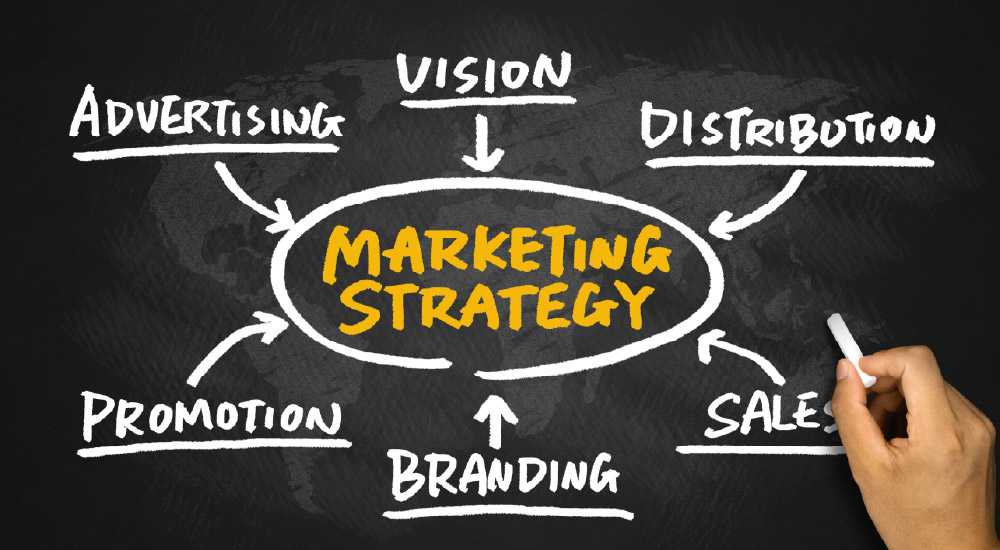For years, the Chief Marketing Officer (CMO) was viewed primarily as the creative heart of the business—the person behind catchy campaigns, eye-catching visuals, and bold brand identities. Marketing was about perception, awareness, and storytelling.
But that picture is no longer complete. Today, CMOs are expected to operate as much more than brand guardians. They are accountable for growth, revenue, and long-term customer value. In fact, the modern CMO is as much a business strategist as a marketer, balancing creativity with data, technology, and commercial outcomes.
For small businesses and scaling companies alike, understanding this evolution isn’t just useful—it’s vital for survival. The role has shifted from generating impressions to generating impact, and the leaders who adapt will be the ones who drive their organizations forward.
From brand custodians to growth architects
Traditionally, marketing impact was measured through vanity metrics—brand awareness, likes, website impressions. These might look good on paper, but they don’t pay the bills. A brand admired online is meaningless if customers aren’t buying.
Modern CMOs are growth architects. Their performance is judged on outcomes that matter at the boardroom level:
- Marketing-generated pipeline: How many potential deals did marketing activities bring in for the sales team?
- Revenue contribution: What percentage of the company's total revenue can be directly attributed to marketing efforts?
- Customer lifetime value (LTV): How much is a customer worth to the business over their entire relationship? Marketing is key to increasing this.
Data and technology as strategic levers
Marketing today is fueled by technology. With numerous Martech tools available, leaders now have more power than ever to attract, convert, and retain customers. But tools alone aren’t the answer—strategy is.
A modern CMO must be fluent in data. Creativity still sparks ideas, but analytics validates them. Is an ad working? Which channel drives real conversions? Data gives the answers.
Strong leaders don’t need to master every tool but must know how to assemble a marketing tech stack that drives efficiency and measurable growth.
Owning the customer experience end-to-end
In the past, marketing ended once a lead converted. Today, it extends across the entire customer journey from acquisition, retention, to advocacy.
This makes the CMO the ultimate voice of the customer, working closely with:
- Product teams: Ensuring offerings solve real problems.
- Sales teams: Creating seamless handovers from prospect to customer.
- Service teams: Turning satisfied customers into vocal advocates.
Marketing is no longer just “top of funnel.” It’s the thread connecting every stage of the customer experience.
Becoming the business's central connector
Because CMOs oversee the customer journey, they’re uniquely positioned to align different parts of the business. They act as connectors, translating customer insights into strategies that impact:
- Pricing strategy: Customer feedback gathered by marketing can reveal if prices are too high or if a new pricing tier is needed.
- Go-to-Market (GTM) strategy: Marketing analytics can identify which markets are most profitable and which channels are most effective, shaping how the company expands.
- Product development: By analysing customer behaviour, marketing can provide the product team with invaluable data on which features to build next.
A siloed marketing function is a liability. Modern CMOs unify the business around the customer.

Speaking the language of the boardroom
When a CMO walks into a board meeting, talking about "brand love" and "click-through rates" will get them nowhere. The CEO, CFO, and investors speak the language of finance and business outcomes. To earn credibility, the CMO must speak it too.
This means shifting the conversation from campaigns to commercial impact. Instead of saying, "Our latest campaign was a huge creative success," they should say, "Our latest campaign generated a 5x return on investment and increased our customer lifetime value by 15%."
Key financial metrics every modern marketing leader must know include:
- Return on Investment (ROI): How much revenue is generated for every rupee spent on marketing?
- Customer Acquisition Cost (CAC): How much does it cost to acquire a new customer?
- LTV to CAC ratio: A crucial measure of business model sustainability.
The skillset of the modern CMO
To thrive in this new landscape, marketing leaders need a blend of old and new skills:
- Strategic thinking & business acumen: The ability to see the big picture and understand how marketing connects to overall business goals.
- Comfort with technology & analytics: A deep curiosity and willingness to use data to find answers and prove results.
- Leadership & influence: The skill to unite different departments around a shared vision for the customer.
- Agility & adaptability: The marketing world changes fast. The best leaders are always learning and ready to pivot.
Final remarks
The evolution of the CMO is complete. The role of a strategic business leader has replaced that of a pure brand builder. For small business owners and marketing managers, this is a massive opportunity.
By embracing data, owning the customer experience, and speaking the language of business, you can transform your marketing from a cost centre into the engine of your company's growth. The marketing leaders who adapt will shape the very future of their companies.















